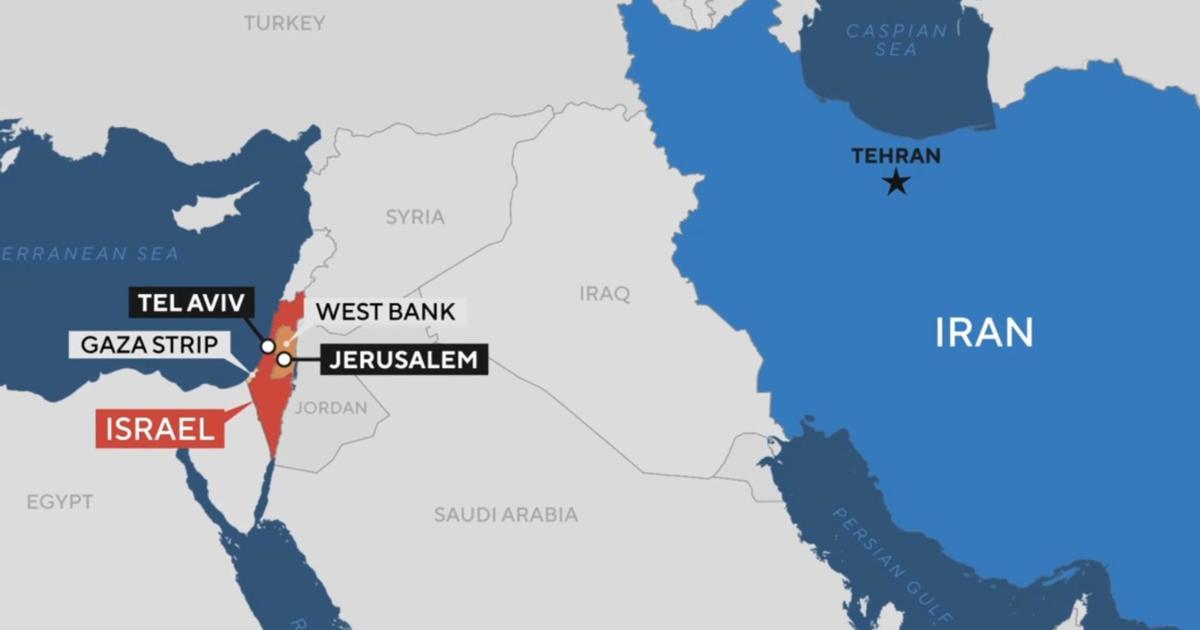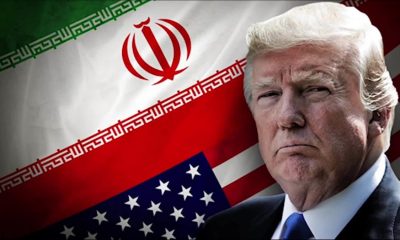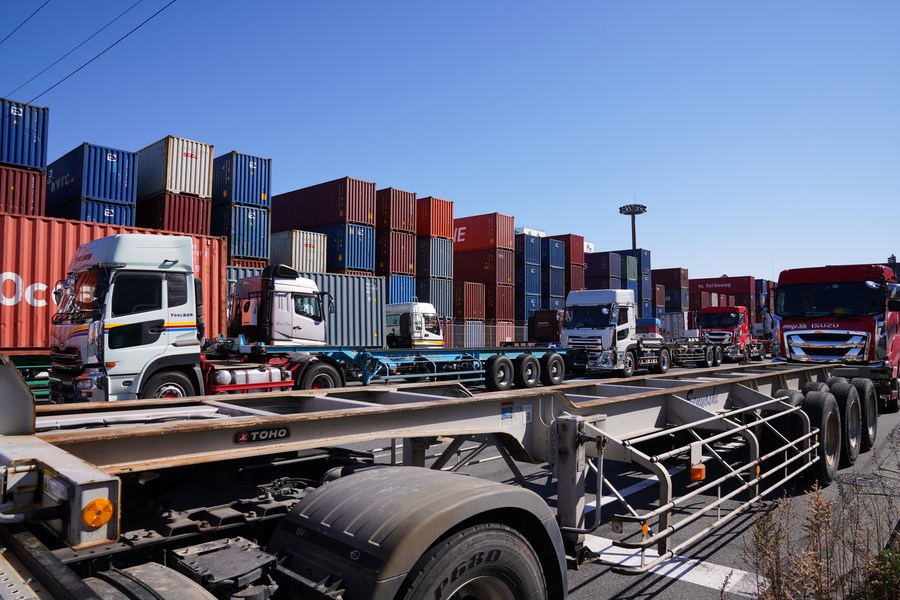Iran has confirmed that two military personnel were killed following Israeli airstrikes early Saturday, involving over 100 drones and missiles, underscoring the scale of the operation. Iranian media identified the victims as Jahandidah and Staff Sergeant Shahrokhifar.
Israeli media says that Israeli officials, including the country’s Prime Minister Benjamin Netanyahu and Defense Minister Yoav Gallant have been closely monitoring the attack from the military’s command center in Tel Aviv.
The Israeli army said that this action was in response to Iran’s missile attack on the country earlier this month. This attack is the latest confrontation in the increasing conflicts between the two hostile countries.
After a few hours of the attack, the Israeli army announced that the country’s attacks have ended, and its goals have been achieved.
Israeli army spokesman, Daniel Hagari warned Iran not to react; while an Iranian news agency reported, quoting the country’s officials that Tehran will have a “proportionate” reaction to Israel’s actions.
Iranian media reported that several explosions occurred within hours in the capital and nearby military bases. This comes as before the sunrise on Saturday, Israel announced that three waves of attacks had been completed and the operation was over.
However, Iran announced that its air defense system succeeded in repelling Israeli attacks on military targets in the provinces of Tehran, Khuzestan and Ilam. But it confirmed that “limited” damage has been done to some places. So far, the details of the number of missiles fired and drones hitting targets in Iran have not been disclosed.
The region is close to a regional war ignited by the US
After Iran’s attack on Israel on October first, concerns among the Middle East countries about Israel’s attack on Iran has been intensified. At that time, Iran fired about 200 rockets at Israel and one person in the West Bank died as a result of these attacks.
Tensions between Israel and Iran, as arch-rivals of each other, have increased since Hamas, a group allegedly supported by Iran, attacked Israel on October 7, 2023. Hamas is also supported by Lebanon-based Hezbollah, which is also said to be supported by Iran.
With the escalation of Israel’s attacks on Lebanon’s Hezbollah since last month, including its airstrikes on the Lebanese capital Beirut and its ground operations and year-long war in Gaza, concerns have increased about the possibility of Iran and the United States being drawn into a regional war.
“In response to months of continuous attacks by the Iranian regime against the State of Israel, the Israeli Defense Forces are currently conducting precision strikes against military targets in Iran,” the Israeli military said in a statement.
The Israeli army claimed that it had ended its “targeted” attacks on Iran, targeting the country’s missile production facilities and missile defense systems. Israel added that its planes have returned safely to their bases.
The Israeli army emphasized in a statement: “If the Iranian regime makes the mistake of starting a new round of escalation, we will be forced to respond.”
Meanwhile, a US official said the targets did not include Iran’s energy infrastructure or nuclear facilities.
US President Joe Biden, who is the main supporter and supplier of weapons to Israel, previously warned that Washington would not support an attack on Tehran’s nuclear facilities and that Israel should consider other options instead of attacking Iran’s oil fields.
The United States was aware of the Israeli attacks
Video footage released by Iranian media showed air defense systems continuously firing at Israeli missiles in central Tehran.
Without specifying which sites were targeted, the Tasnim news agency reported that the IRGC bases that had been attacked were not damaged and said that as of 9:00 a.m. (05:30 GMT) after a pause during Israel’s attack, it resumed its flights.
Meanwhile, Israel’s defense minister also held talks with US defense minister Lloyd Austin after the attacks began.
The Pentagon says that Mr. Austin emphasized strengthening the US force posture to defend American, Israeli and partner forces and personnel throughout the region.
An American official told Reuters that Israel had informed the United States before the attack; But Washington was not involved in these attacks.
Iran is not willing to involve in war with Israel
Unfortunately, Iran is involved in a ping pong war with Israel and there is no end sees in sight. It is predicted that if the cycle of war continues, the US will be involved too. In this case, the situation will grow worse, and the damage will be serious.
It is the expectation that the United Nations and US should have behaved more responsibly and prevent the spread of war in the region.
It is a belief among the Iranian people that the United States tried to convince Israel to measure its attacks carefully, it also assured the country that it would help defend it if Tehran launched a counterattack. This support includes Biden’s decision to transfer US Terminal High Altitude Area Defense (THAAD) anti-missile defense systems to Israel. Biden has already sent about 100 American soldiers to advance the operation of these systems to the Middle East.
But the Iranian people and even the government are not willing to involve themselves in the war, but the spokesman of Iran foreign affairs ministry announced that Iran has the right to defend the country.
Reactions to Israel’s attack on Iran
Saudi Arabia condemned the attack as a “violation of sovereignty” and international law and called on all parties to show maximum restraint. Riyadh asked the international community to take necessary measures to reduce tensions and end conflicts in the region.
Meanwhile, the Ministry of Foreign Affairs of Pakistan, in a statement in response to Israel’s missile attack on Iran, said that these attacks are a “gross violation” of the United Nations Charter and international laws.
“These attacks undermine peace and stability in the region and cause a dangerous escalation of conflicts in the region,” the statement said, and held Israel responsible for the escalation and expansion of the conflict in the region.
These attacks have also been met with reactions from a number of Afghan politicians.
Hamid Karzai, the former president of Afghanistan, condemned Israel’s missile attack and called it a “violation of the national sovereignty and privacy” of Iran.

 EUROPE2 days ago
EUROPE2 days ago
 EUROPE2 weeks ago
EUROPE2 weeks ago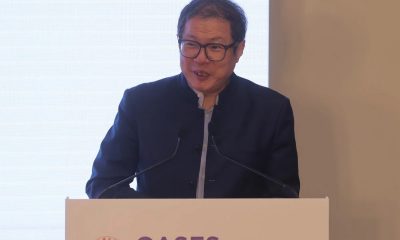
 ASIA2 weeks ago
ASIA2 weeks ago
 AMERICA1 week ago
AMERICA1 week ago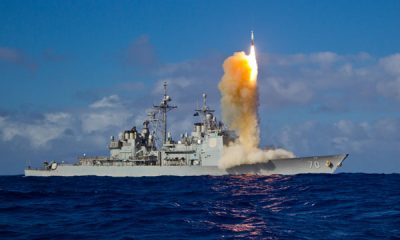
 ASIA1 week ago
ASIA1 week ago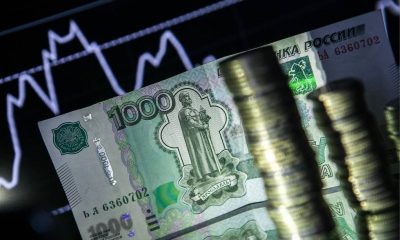
 RUSSIA2 weeks ago
RUSSIA2 weeks ago
 ASIA2 weeks ago
ASIA2 weeks ago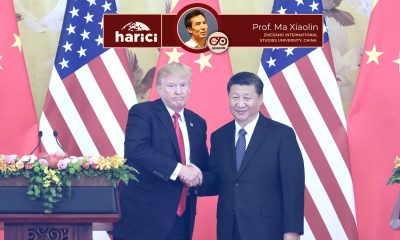
 OPINION2 weeks ago
OPINION2 weeks ago
